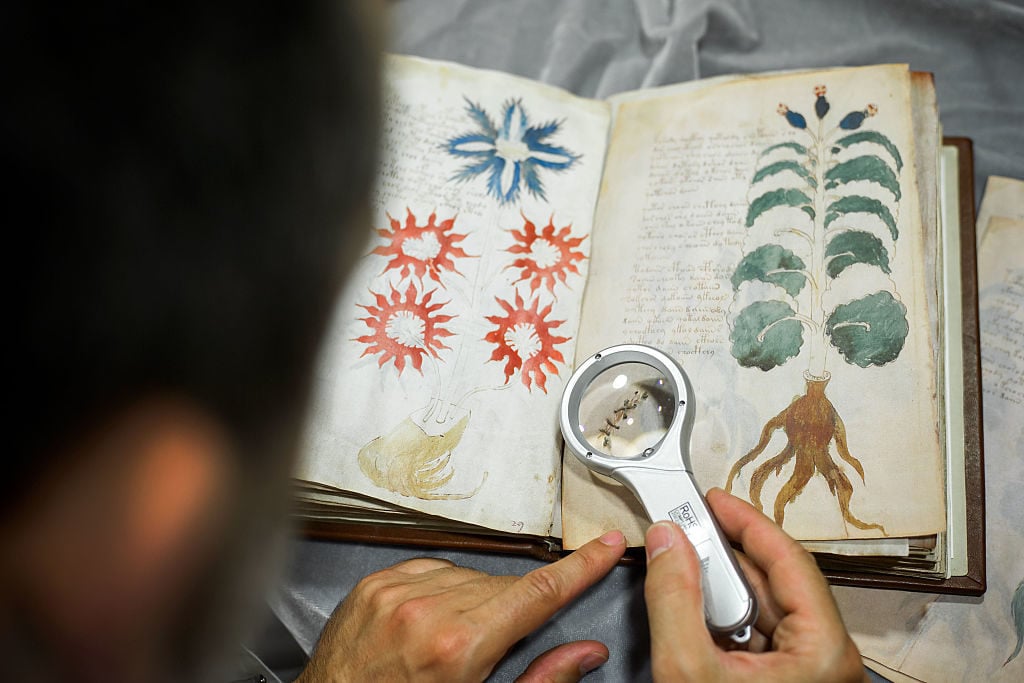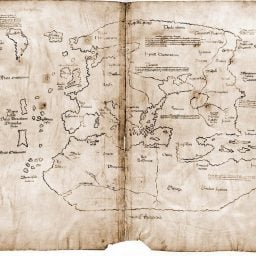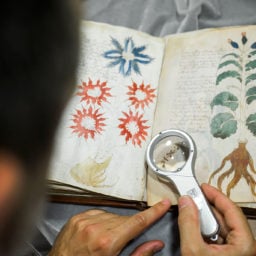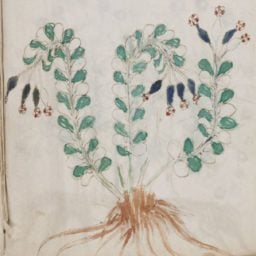An academic in the UK has unraveled the mysteries of a coded medieval manuscript that has confounded experts for more than a century. Professional codebreakers, linguistics specialists, and computer programs have been unable to crack its code, leading some to even speculate that it was written by aliens. But a scholar claiming to have solved the mystery has revealed that the so-called “Voynich manuscript” was actually written in a proto-Romance language.
“I experienced a series of ‘eureka’ moments whilst deciphering the code,” David Cheshire writes in a paper published in the journal Romance Studies describing his findings. The research associate at the University of Bristol in the West of England describes his disbelief and excitement “when I realised the magnitude of the achievement, both in terms of its linguistic importance and the revelations about the origin and content of the manuscript.”
The key to cracking the code was identifying that the original text was written in an extinct language that is a predecessor of several modern day European languages, including Spanish. It is the only known example of proto-Romance because the language was only colloquially used, whereas all text-based communication was undertaken in Latin. After making the connection Cheshire was able to decipher the codex of the document in just two weeks.
The British academic says that Dominican nuns compiled the manuscript as a source of reference for Maria of Castile, Queen of Aragon.

The Voynich Manuscript is considered by scholars to be most interesting and mysterious document ever found. Dated 16th century. Photo by: Universal History Archive/UIG via Getty images.
One panel of the manuscript depicts two women wrangling five children in a bath. The drawing is labeled with a word describing different temperaments; tozosr (buzzing: too noisy), orla la (on the edge: losing patience), tolora (silly/foolish), noror (cloudy: dull/sad), or aus (golden bird: well behaved), oleios (oiled: slippery). The words all have surviving traces in contemporary Romance languages. One of the children’s harried guardians is described as “orla la,” which may be a pre-cursor of the French phrase “oh là là.” On another page there is a series of stylized vignettes illustrating volcanic eruptions with notes about subsequent rescue missions and newly created islands.
Proto-Romance is ancestral to modern day Spanish, Portuguese, French, Italian, Romanian, Catalan and Galician. It was ubiquitous in the Mediterranean during the Medieval period despite the fact that Latin was the official language of royalty, church and government. The kingdom of Aragon in eastern Spain controlled large parts parts of southern France, Italy and several Mediterranean islands. The informal nature of its usage caused it to be lost from the record, but now linguists can examine its unfamiliar symbols and proto-punctuation marks to understand more about the development of Romance languages.
The scholar next plans to translate the more than 200 page manuscript and compile a lexicon for future scholars to pour over and study its linguistic import, as well as study its contents for what they reveal about that period in time.










